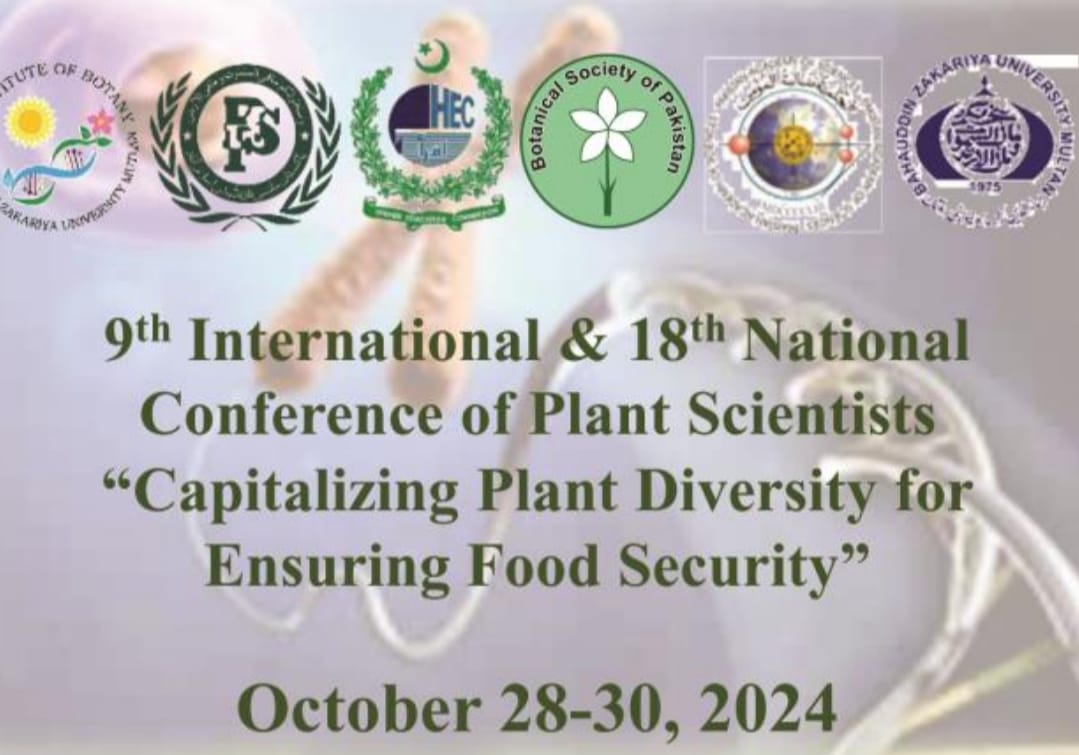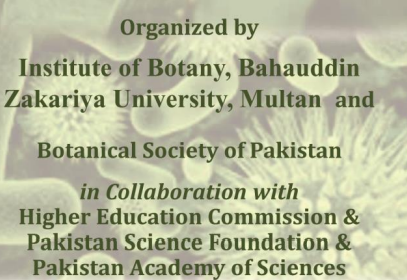-
-
-
-
-
-
-
-
-
-
-
-
-
-
-
-
-
-
-
-
-
-
-
-
-
-
-
-
-
-
-
-
-
-
-
-
-
-
-
-
-
-
-
-
-
-
JAVID HUSSAIN1-4*, FARMAN ULLAH KHAN1, RIAZ ULLAH1, ZIA MUHAMMAD1, NAJEEB U REHMAN1, ZABTA KHAN SHINWARI3, IHSAN ULLAH KHAN1, MUHAMMAD ZOHAIB1-2, IMAD-UD-DIN2 AND SYED MURTAZA HUSSAIN1
NUTRIENT EVALUATION AND ELEMENTAL ANALYSIS OF FOUR SELECTED MEDICINAL PLANTS OF KHYBER PAKHTOON KHWA, PAKISTAN
Download PDF
-
-
-
-
-
-
-
-
-
-
-
-
-
-
-
-
-
MUHAMMAD AJAIB1, ZAHEER-UD-DIN KHAN1, NASRULLAH KHAN3 MUHAMMAD ATHAR ABBASI2, DURRE SHAHWAR2, MUHAMMAD WAHAB3 AND MUHAMMAD FAHEEM SADDIQUI3
ANTIBACTERIAL AND ANTIOXIDANT ACTIVITIES OF AN ETHNOBOTANICALLY IMPORTANT PLANT SAUROMATUM VENOSUM (Ait.) SCHOTT. OF DISTRICT KOTLI, AZAD JAMMU & KASHMIR
Download PDF
-
-
-
-
-
-
-
-
-
-
-
-
-
-
MUHAMMAD ZUBAIR1*, CHRIS GARFORTH2, SYED BILAL HUSSAIN1, DIN MUHAMMAD ZAHID1, MOHAMMAD SAFDAR BALOCH3, FAZALUR RAHMAN SHAH4, INAYAT ULLAH AWAN5, MUHAMMAD AMAN ULLAH6 AND NAZIM HUSSAIN1
FARM FORESTRY IN PAKISTAN: AN APPLICATION OF THEORY OF PLANNED BEHAVIOUR BY PROBING INTO THE MEASUREMENT ISSUES
Download PDF
-
-


